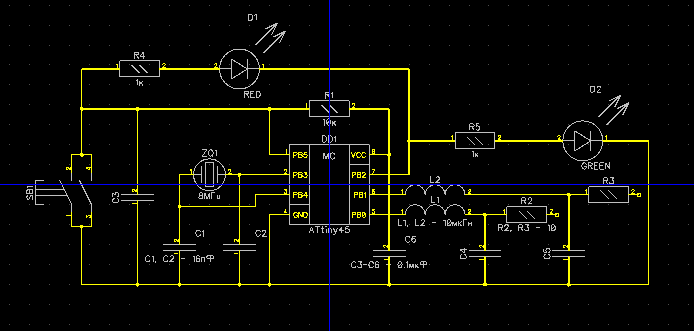
Karnataka Prison Manual 1978
The karnataka prisons act, 1963 (in short, 'the prisons act') and the. Health act in view of the karnataka prison manual, 1978 and the karnataka prison rules,.
The high-level inquiry, led by retired IAS officer Vinay Kumar, into allegations of irregularities in Bengaluru central prison has found 'serious lapses' and 'falsification of records' on the part of senior prison officials in extending special treatment to V.K Sasikala, who is serving a four-year sentence in a corruption case. Though the Karnataka government accepted the Vinay Kumar committee report last year and issued an order directing the Anti-Corruption Bureau to register a case, the findings were kept strictly confidential. The Hindu has access to the report, which explains how A-class facilities were extended to Sasikala even after it was stated that no such instructions were given. The issue hit the headlines with the then Deputy Inspector-General of Police (Prisons) D. Roopa writing to the authorities exposing preferential treatment to Sasikala, who was convicted along with two others in a disproportionate assets case, and Abdul Karim Telgi, since deceased. After the court clarified that no orders recommending A-class treatment to Sasikala were issued, the prison authorities took no steps to withdraw the facilities.
 Corridor set aside Probing one of the main allegations flagged by Ms. Roopa, that a whole corridor comprising five cells had been set aside for the private use of Sasikala and her relative J. Ilavarasi (who is also serving a term in jail), the committee made enquiries with the then Director-General of Police (Prisons) H.N. Sathyanarayana Rao and other prison officials.
Corridor set aside Probing one of the main allegations flagged by Ms. Roopa, that a whole corridor comprising five cells had been set aside for the private use of Sasikala and her relative J. Ilavarasi (who is also serving a term in jail), the committee made enquiries with the then Director-General of Police (Prisons) H.N. Sathyanarayana Rao and other prison officials.
It found that prison officials were aware that four cells (adjacent to the one allotted to Sasikala) were not allotted to anyone else and were used by the duo. Jail officials explained that curtains were provided in the cells used by Sasikala to prevent the entry of cats. The report said that the authorised strength of the female barracks with 28 cells was 100 prisoners, which meant that an average of four prisoners had to be lodged in each cell. 'When five cells are taken away for two prisoners, the cramping of prisoners in the remaining 23 cells will be much more than the authorised level.'
Considering the photographs provided by Ms. Roopa of a pressure cooker and vessels in the cells to allege that a separate kitchen was made available to Sasikala, the committee examined the then Jail Superintendent and others, who maintained that there was no cooking activity and that the cooker was used to store jail food. However, the committee said the pressure cooker was primarily used to cook food rather than to store it. 'In our visit on, we had found that the shelves had been emptied out. But one of the members of our team passed his hand on the shelf and found unmistakable traces of turmeric powder. This further raises strong suspicion of cooking in the cell.from the evidence and statements examined above, we get a clear indication of some cooking activity in the group of five cells made available to Sasikala,' Mr. Perusal of files on how special treatment was extended to Sasikala revealed a letter of the then Chief Superintendent of Prisons, which stated that as per the directions of the committal warrant dated issued by the court, Sasikala was to be treated as an A-class prisoner.
Since providing such facilities required approval of the government, the Chief Superintendent, after making arrangements meant for A-class prisoners, wrote to the DGP of Prisons for his directions. During inquiry, the DGP said that he had specifically written in the letter that the conviction of Sasikala fell under the Provisional Rule 459(A)(iii) (a) of the Karnataka Prison Manual, which comprised offences involving elements of cruelty or moral degradation or personal greed. He had instructed the Chief Superintendent of Prisons to refer the matter to the court.
When the matter was brought to the notice of the court, the XXXVI Additional City Civil & Sessions Judge clarified that no order was issued granting A-class facility to the convict. Based on this order, he even wrote to the Home Secretary to reject a plea of Sasikala and Ilavarasi seeking A-class treatment. Serious lapses Strangely, the report said, the facilities already provided were not withdrawn and the convicts continued to enjoy the same. There was no professional evaluation of the threat perception to justify the claim that five cells and other facilities were provided on the grounds of security. Video clips and statements of witnesses showed that Sasikala and Ilavarasi were allowed to wear personal clothes. 'All these facilities were given to Sasikala only on the assumption that the court had agreed to give her Class-A prisoner status.there is no explanation why, consequently, Class-A facilities, which could not be given formally, were actually continued by non-withdrawal.